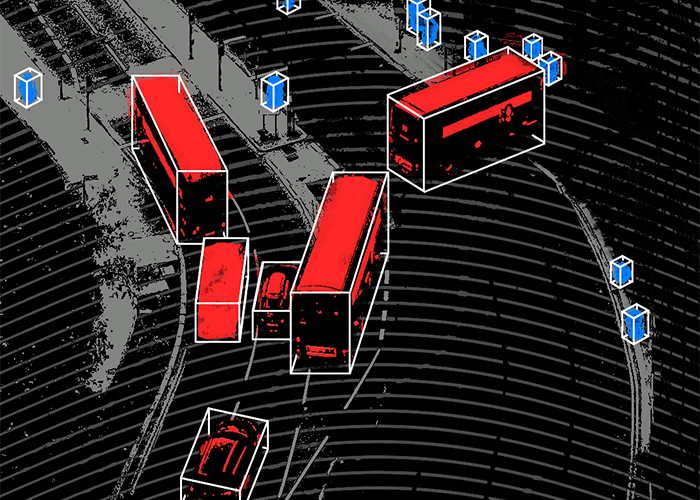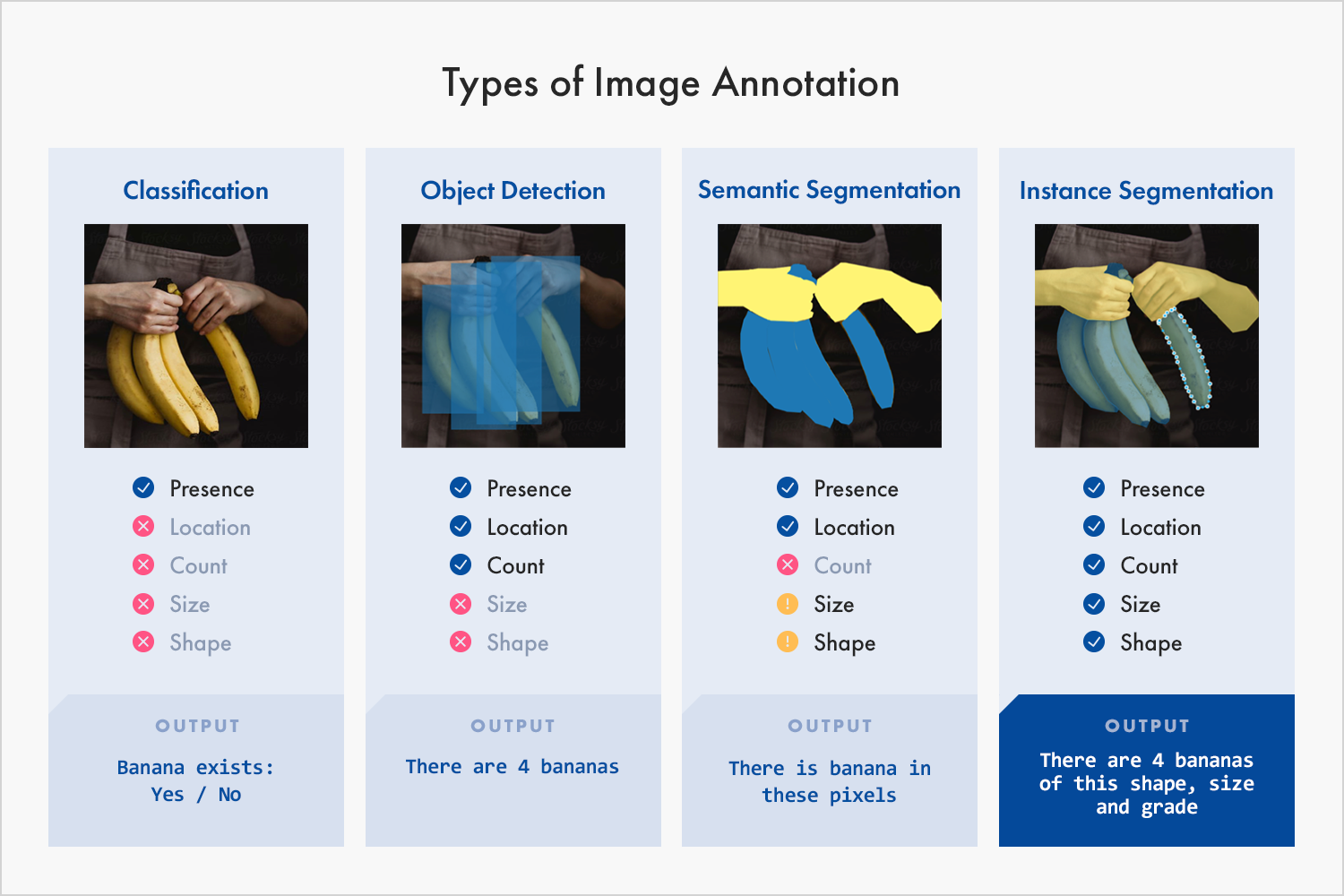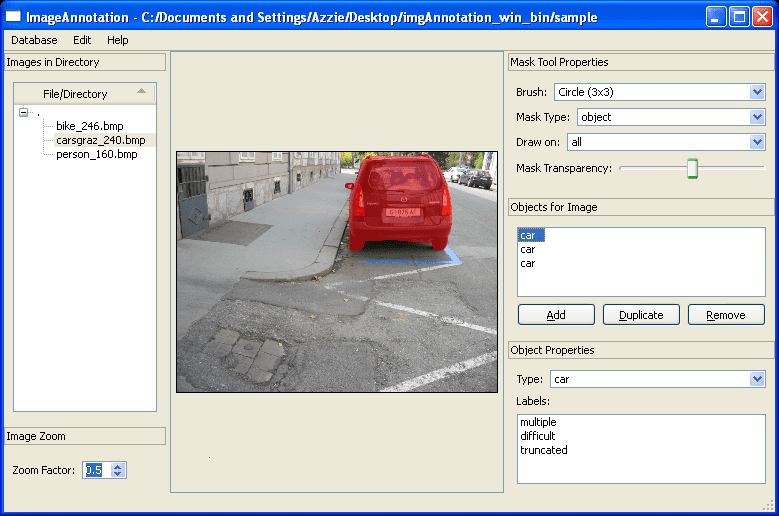We envision a computer future in which machines and humans interact in a symbiotic manner, and to accomplish this requires the power of computer vision and data annotation . Machines can now analyze and process human facial appearance to determine our emotions in real time, an area where advances are entirely attributable to the field of computer vision.

What is Computer Vision?
Computer vision allows computers to detect and understand elements of the real world through cameras with the help of artificial intelligence and machine learning. Computer vision will enable machines to detect and recognize different objects, including details such as make, model, manufacturer and age. It also allows people to scan a document and automatically convert it to any format or scan a question and get an answer automatically. Computer vision is far beyond our imagination. Another form of computer vision is AI image search, which is being implemented in social media software to detect faces when uploading images.
Why does computer vision need image annotation?
Image annotation is a building block of computer vision and image recognition. For any machine to detect and analyze objects, it needs to be trained to know how to perceive objects in the real world. The training of the models of such algorithms that run these machines is done using training image datasets, which must be labeled to help the machines understand how to handle various objects. Therefore, image annotation is a fundamental process in computer vision and recognition, as it is the technology behind the machine’s ability to make ideal and intelligent decisions.
Machines cannot distinguish between buildings, cars, and people, so they must be trained rigorously so that the machine can recognize and distinguish these objects in the presence of these elements. Machines need to understand what each thing looks like and what attributes and characteristics set them apart.
Image annotation enables AI and ML powered machines to better understand and recognize objects. Image annotation allows machine learning, for example, what a cat is. In order for the device to correctly recognize cats, you need to annotate images of cats and train the algorithm. It would be better to also label pictures that are not cats so that the machine doesn’t see dogs as cats. Using vast amounts of annotated image data, machine learning seamlessly and accurately identifies every object in the environment.

The field of image annotation is developing rapidly, and more progress in this field is expected in the future. With wider use and adoption, the need for image annotation will continue to grow. With the development of artificial intelligence in the future, especially computer vision, image annotation will be a long-term process.
